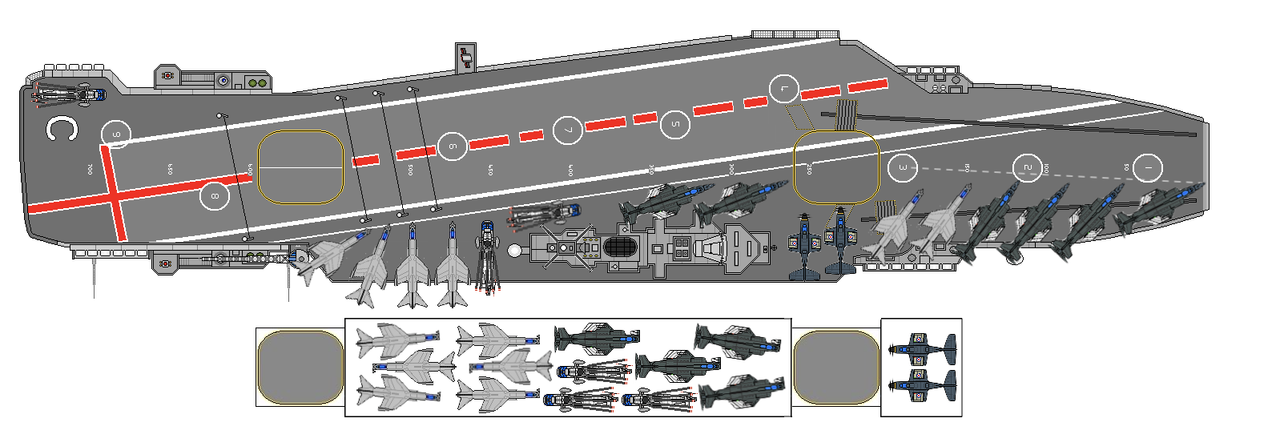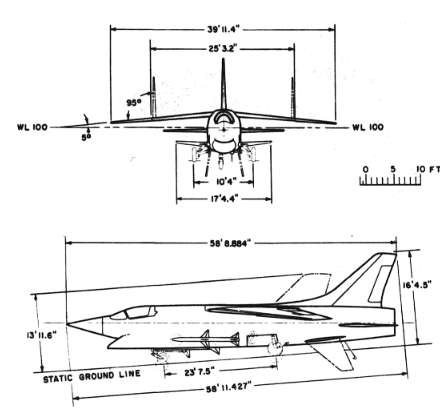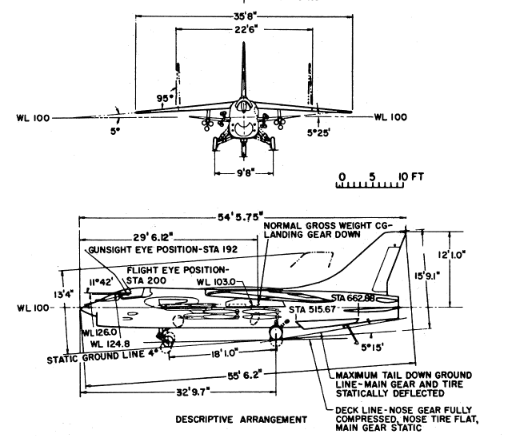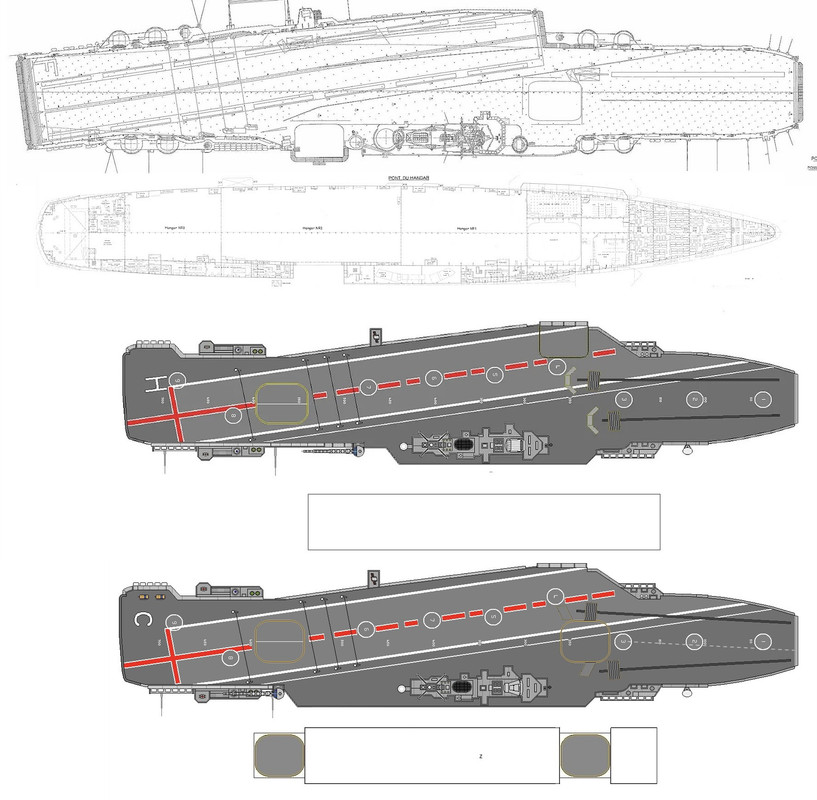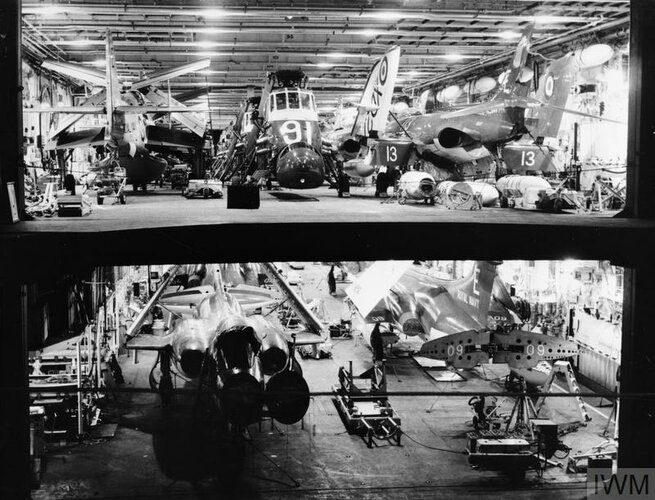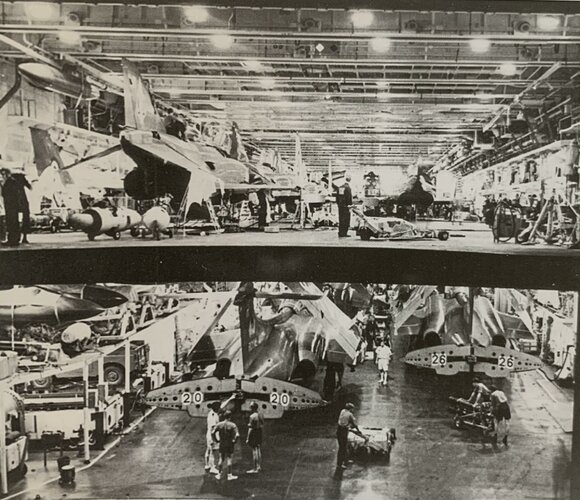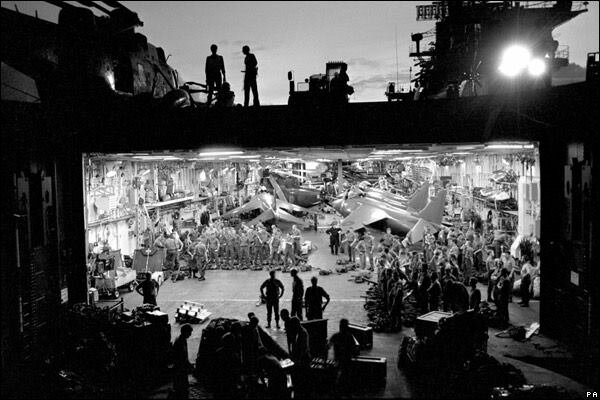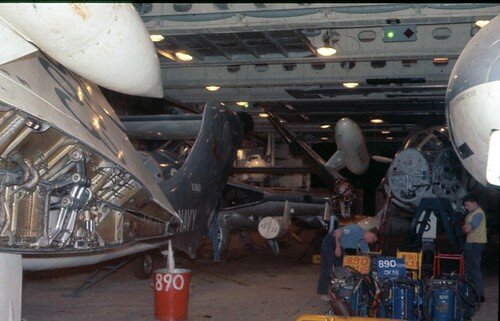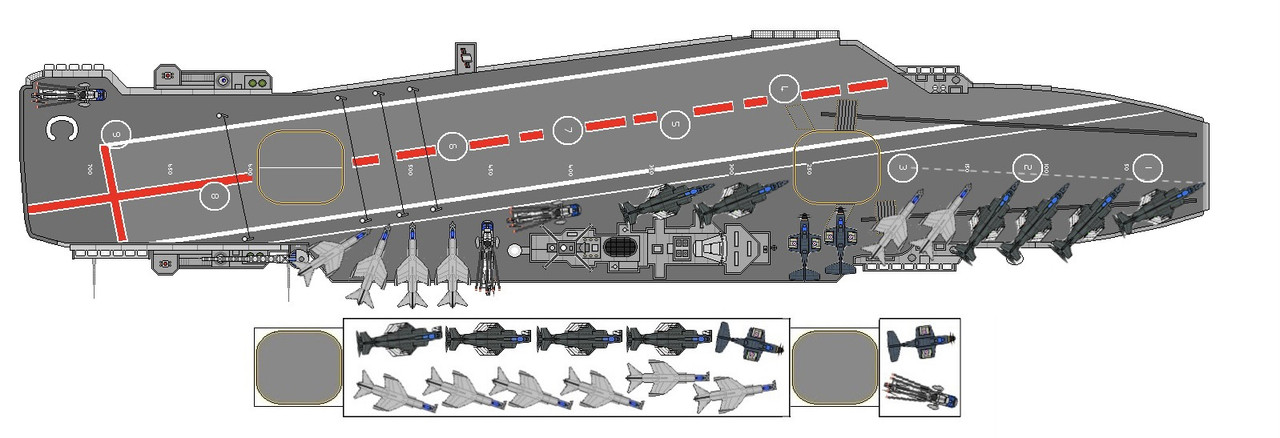Neat thing with Crusader's J57 (compared to Phantom's J79s): being much larger and heavier than J79, the resulting "J57 engine bay" is a better match for a big Spey turbofan. J57 was an older, larger jet engine.
Hence, had that "Short Twosader" been taken seriously...
- on the british side: less issue with Spey changes
- on the french side: more power for smaller carriers
And I could add, for the USN: more "fresh" Crusaders for Vietnam, instead of rebuilding 500 older machines (F-8A to F-8E).
"Fresh" Crusaders with a Phantom's two crew and a more modern engine than J79, on a smaller and lighter airframe for smaller carriers like Essex - even at the end of their rope.
As for Vought, they could have put more A-7 DNA into that Twosader. Or, wait: the other way around. A-7 derived from the Short Twosader...
... how about a supersonic, two-seat A-7 as the successor to USAF F-105s in Vietnam ? An A-7F Strikefighter two decades before, and with the USN onboard.
And then there is the case of Vought V-1000, competing against F-5E in 1969...
Hence, had that "Short Twosader" been taken seriously...
- on the british side: less issue with Spey changes
- on the french side: more power for smaller carriers
And I could add, for the USN: more "fresh" Crusaders for Vietnam, instead of rebuilding 500 older machines (F-8A to F-8E).
"Fresh" Crusaders with a Phantom's two crew and a more modern engine than J79, on a smaller and lighter airframe for smaller carriers like Essex - even at the end of their rope.
As for Vought, they could have put more A-7 DNA into that Twosader. Or, wait: the other way around. A-7 derived from the Short Twosader...
... how about a supersonic, two-seat A-7 as the successor to USAF F-105s in Vietnam ? An A-7F Strikefighter two decades before, and with the USN onboard.
And then there is the case of Vought V-1000, competing against F-5E in 1969...
Last edited:

